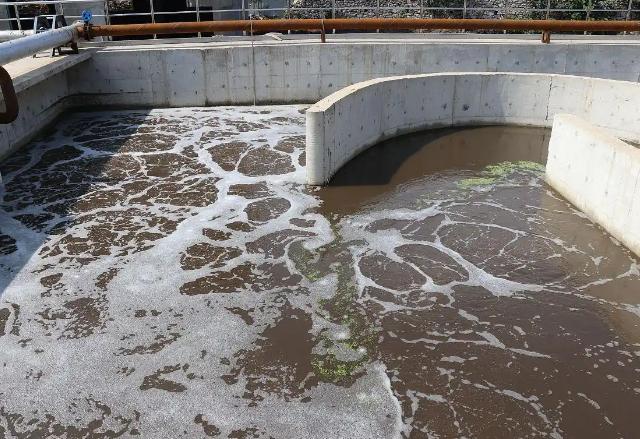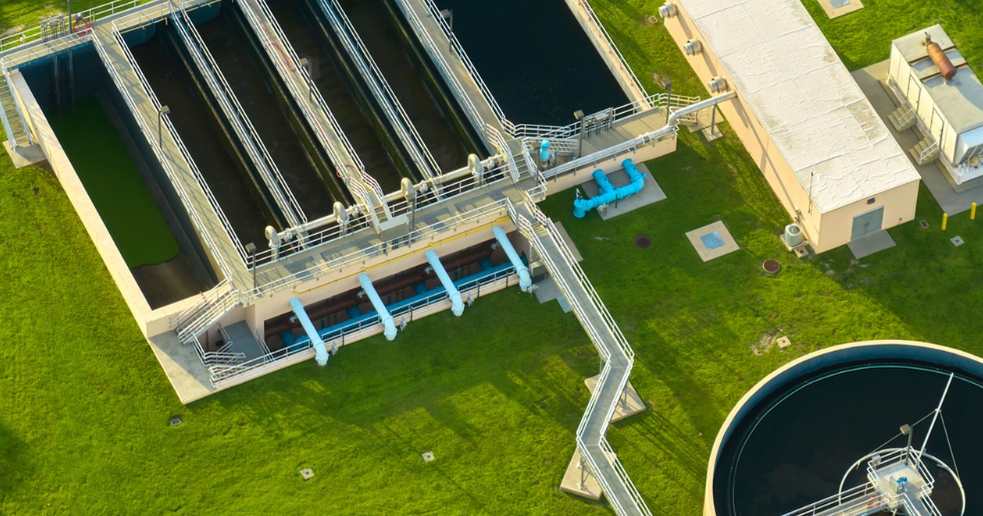In environments where microbial and algal growth threatens industrial processes, water systems, or agricultural operations, biocide-algaecide agents serve as versatile solutions for comprehensive microbial control. These specialized formulations act as both microbial control agents and antimicrobial agents, designed to target a broad spectrum of microorganisms—including bacteria, algae, fungi, and protozoa—while minimizing environmental or operational risks. This article explores the definition, mechanisms, and applications of biocide-algaecide agents, highlighting their role in disrupting microbial life cycles through processes like bacterial cell membrane disruption and enzyme inhibition.
Defining Biocide-Algaecide Agents
A biocide-algaecide agent is a chemical or biological formulation engineered to inhibit or eliminate both bacterial/fungal pathogens (biocidal activity) and algal species (algaecidal activity). Unlike single-function products (e.g., standalone bactericides or algaecides), these dual-action agents offer efficiency by addressing multiple contamination threats in one treatment. They are widely used in industries such as water treatment, cooling systems, aquaculture, and agriculture, where coexistence of bacteria, algae, and other microbes often leads to biofouling, corrosion, or ecological imbalances.
Mechanisms of Action: Disrupting Microbial Function
The effectiveness of biocide-algaecide agents stems from their ability to target critical microbial processes, primarily through two key mechanisms:
1.Bacterial Cell Membrane Disruption Many biocide-algaecide agents contain active ingredients that interact with the lipid bilayer of microbial cell membranes. For bacteria and algae, the cell membrane is essential for maintaining structural integrity, regulating nutrient transport, and protecting against external stress. Compounds like quaternary ammonium compounds (quats) or phenolic derivatives penetrate the membrane, causing leakage of cellular contents, disrupting ion balance, and ultimately leading to cell death. This mechanism is particularly effective against planktonic cells and biofilm-forming microbes, which are common sources of contamination in water systems.
2.Enzyme Inhibition Another primary mode of action involves blocking or deactivating enzymes critical for microbial metabolism. Enzymes play pivotal roles in processes like DNA synthesis, energy production (e.g., ATP generation), and cell wall formation. Agents such as thiocarbamates or organometallic compounds (e.g., copper-based formulations) bind to enzyme active sites, preventing substrate binding or altering the enzyme’s three-dimensional structure. For algae, enzyme inhibition often targets photosynthetic pathways, disrupting chlorophyll synthesis and inhibiting oxygen production, which starves the algal cells of energy.

Key Features and Advantages
1.Broad-Spectrum Activity: As both microbial control agents and antimicrobial agents, these formulations tackle diverse contaminants, from pathogenic bacteria (e.g., E. coli, Pseudomonas) to nuisance algae (e.g., cyanobacteria, green algae) and filamentous fungi.
2.Synergistic Formulations: Many products combine multiple active ingredients to enhance efficacy. For example, a blend of membrane-disrupting compounds and enzyme inhibitors can overcome microbial resistance by attacking multiple cellular targets simultaneously.
3.Environmental and Operational Compatibility: Modern biocide-algaecide agents are often designed to be non-corrosive, pH-stable, and compatible with industrial processes. They can be applied in cooling towers, swimming pools, irrigation systems, or marine environments without causing damage to equipment or harming non-target organisms at recommended doses.
3.Preventing Biofouling and Corrosion: By eliminating both algae (which form slimy mats) and bacteria (which contribute to biofilm formation), these agents reduce the risk of pipeline blockages, heat transfer inefficiencies, and metal corrosion in industrial systems.
Applications Across Industries
1.Water Treatment Systems: Used in drinking water plants, wastewater facilities, and reverse osmosis systems to control algal blooms and bacterial growth, ensuring compliance with safety standards.
2.Cooling Towers and Heat Exchangers: Prevents the formation of biofilms and algal slimes that reduce cooling efficiency and promote Legionella bacteria growth.
3.Agriculture and Aquaculture: Controls algal overgrowth in ponds and bacterial infections in fish farms, protecting crop and livestock health without harmful residues.
4.Marine and Industrial Coatings: Antifouling paints containing biocide-algaecide agents prevent the attachment of algae, barnacles, and microbial biofilms on ship hulls or offshore structures.
Conclusion
Biocide-algaecide agents are indispensable tools for maintaining clean, efficient, and sustainable systems in environments prone to microbial and algal contamination. By leveraging mechanisms like bacterial cell membrane disruption and enzyme inhibition, these dual-function microbial control agents offer a balanced approach to contamination management—combating diverse pathogens while prioritizing safety and compatibility. As industries face increasing pressures to optimize resource use and mitigate ecological impacts, the role of biocide-algaecide agents in preventing biofouling, protecting infrastructure, and safeguarding public health will continue to grow in importance. Understanding their mechanisms and applications allows users to select the right formulations for their specific needs, ensuring effective and responsible microbial control.
As a professional chemicals manufacturer in the water treatment Industry, Sanmei have helped more than 5,000 plants with process solutions and helped them improve production efficiency, reduce costs, and optimize profit plans. Our main goal is to assist you in optimizing production efficiency and profitability in a sustainable way. Welcome to consult us and get a free wastewater treatment solution by filling in the form below or email to brian@san-mei.com












